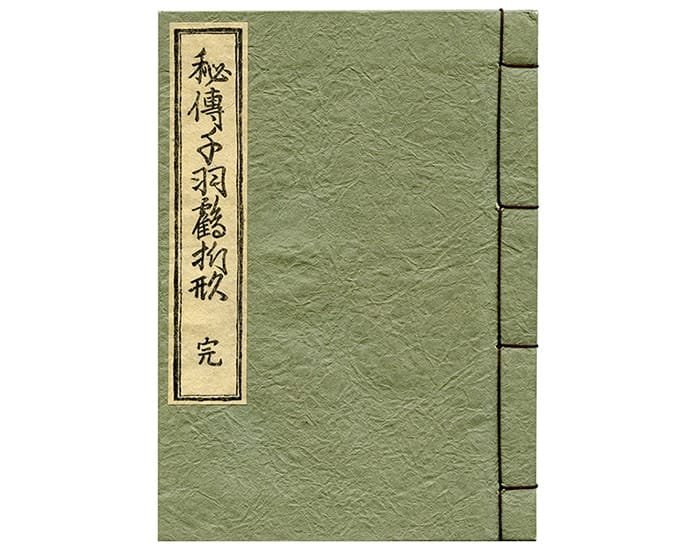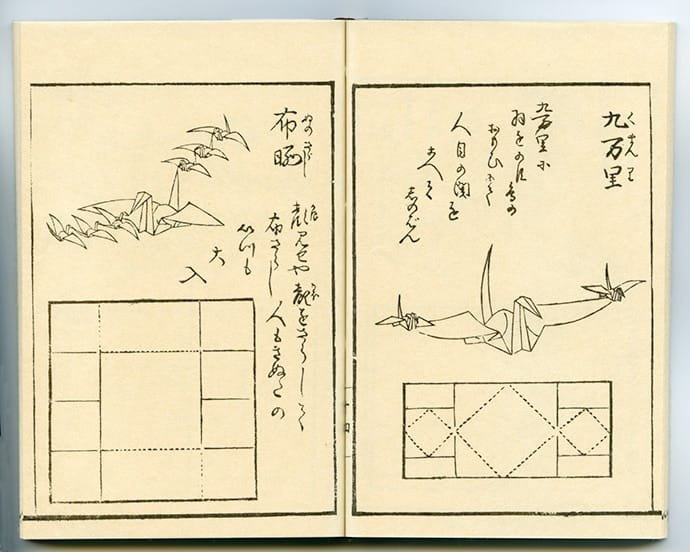Your cart is currently empty!
Stay in Touch!
Get updates about new artwork and upcoming events.
Get updates about new artwork and upcoming events.
—
by
When art collectors think of origami, they often envision delicately folded paper transforming into cranes, intricate modular structures, or geometric sculptures. However, origami is much more than a craft—its terminology and history offer a rich story that reveals the evolution of this unique art form. By exploring the roots of the word origami and its predecessor, orikata, collectors can gain a deeper understanding of the historical and cultural context surrounding Japanese paper folding.


Origami, as we know it today, has a fascinating linguistic and cultural journey. Its precursor, orikata (折形), was the original term used to describe the art of paper folding in Japan, and it literally means “folded shapes.” Understanding how these terms developed over time provides insights into the broader changes in Japanese society, art, and tradition.
In the earlier periods of Japanese paper folding history, the art was known as orikata. The term itself is derived from two key components: ori (折り), meaning “folding,” and kata (形), meaning “shape.” This name emphasized the creation of structured, folded forms, often with a formal or functional purpose. During the Edo period (1603–1867), paper folding was highly regarded in Japan and was used for a variety of purposes, from ceremonial rituals to decorative elements in aristocratic society.
Common uses of orikata included creating decorative patterns for kimonos, folding papers for gifts, or shaping paper into objects used in religious ceremonies. The tradition of folding paper in this context carried significant meaning, and it was often tied to specific cultural or religious practices. For example, orikata was sometimes employed in the creation of formal gift wrappings, reflecting the importance of presentation in Japanese culture.
The transition from orikata to origami occurred in the late 19th century, around 1880. This shift in terminology reflected a broader transformation of the craft from a ceremonial and aristocratic practice to one that was more widely accessible and recognized as an art form. The word origami is derived from ori (folding) and kami (paper), marking a linguistic shift that emphasized the material—paper—rather than just the shapes created.
This change in language coincided with Japan’s modernization during the Meiji period (1868–1912), when many traditional practices were evolving. Origami, as a term, became more associated with artistic expression, creativity, and education, distinguishing it from the more functional or symbolic purposes associated with orikata. In many ways, this marked the democratization of paper folding as it moved away from its aristocratic roots and became a widely practiced, creative art form.
An intriguing aspect of the word origami is the dual meaning of the term kami. While it most commonly means “paper” (紙) in the context of origami, kami (神) also means “god” or “spirit” in Japanese. This duality imbues the art form with a deeper significance.
In traditional Japanese culture, paper was once a precious commodity, and folding it carried a certain reverence. This aligns with the spiritual interpretation of kami as “god” or “spirit,” suggesting that the act of folding paper could be seen as more than a physical process. It was a way of engaging with something sacred, transforming a simple material into an object of meaning or beauty. In fact, origami has historically played a role in religious ceremonies, particularly within Shinto traditions, where folded paper is used to create offerings or to adorn sacred spaces.
For art collectors, this dual meaning of kami offers a fascinating layer of interpretation. Each origami piece becomes more than just a folded object—it is a symbol of transformation, both material and spiritual. The process of folding paper into intricate forms echoes the idea of imbuing the mundane with something divine, making each artwork a bridge between the physical and the transcendent.
Both orikata and origami share the core concept of folding, but their meanings and usage have evolved to reflect different cultural contexts and historical periods. Here’s a breakdown of their etymology:
Understanding these terms helps to appreciate how the art of paper folding evolved from a primarily ceremonial tradition into a versatile and globally recognized art form.
The Edo period, during which orikata was prevalent, was a time of structured and formal traditions in Japan. Paper folding was often associated with rituals, gifts, and formalized art forms, with the folds themselves carrying symbolic meanings. As the term shifted to origami during the late 19th century, Japan was undergoing significant cultural changes. The Meiji Restoration opened the country to Western influences, leading to modernization in various art forms. Origami became more widely practiced and accessible, growing beyond its earlier associations with the aristocracy and becoming a popular activity in schools, homes, and artistic circles.
For collectors, owning origami sculptures today connects you to this rich cultural history, allowing you to engage with an art form that has transformed over centuries while maintaining its core principles of creativity, precision, and symbolism.
For art collectors, the significance of origami extends beyond its visual appeal. Each fold carries centuries of tradition, from its early days as orikata to its modern-day incarnation as origami. By understanding the linguistic roots and historical evolution of these terms, collectors can appreciate not just the aesthetic beauty of origami art, but the deep cultural and spiritual meaning embedded within each piece.
The dual meaning of kami—as both “paper” and “spirit”—adds an additional layer of richness to origami, making each work of art a potential reflection of both material and spiritual transformation. Whether it’s a small, delicate crane or a large, intricate sculpture, every origami piece tells a story that transcends the medium, connecting the past and present, the mundane and the divine.
When you acquire an origami sculpture, you’re not just adding a piece of art to your collection—you’re preserving a tradition that bridges the material and spiritual worlds, reflecting the evolution of an art form that continues to inspire and captivate across generations.